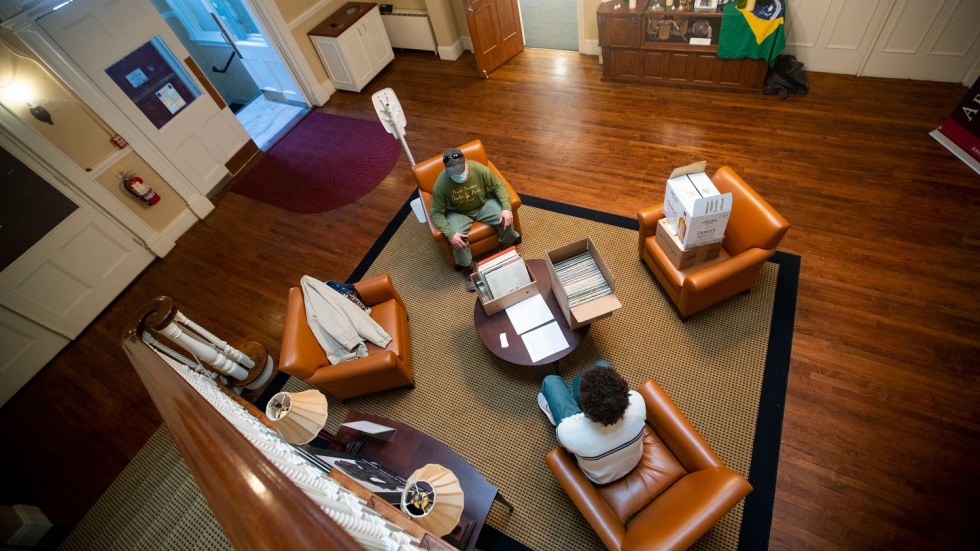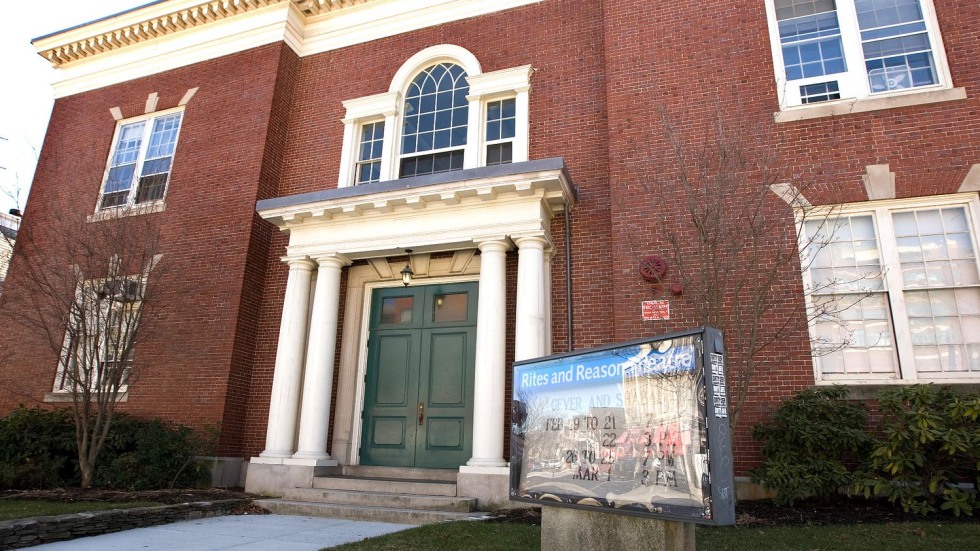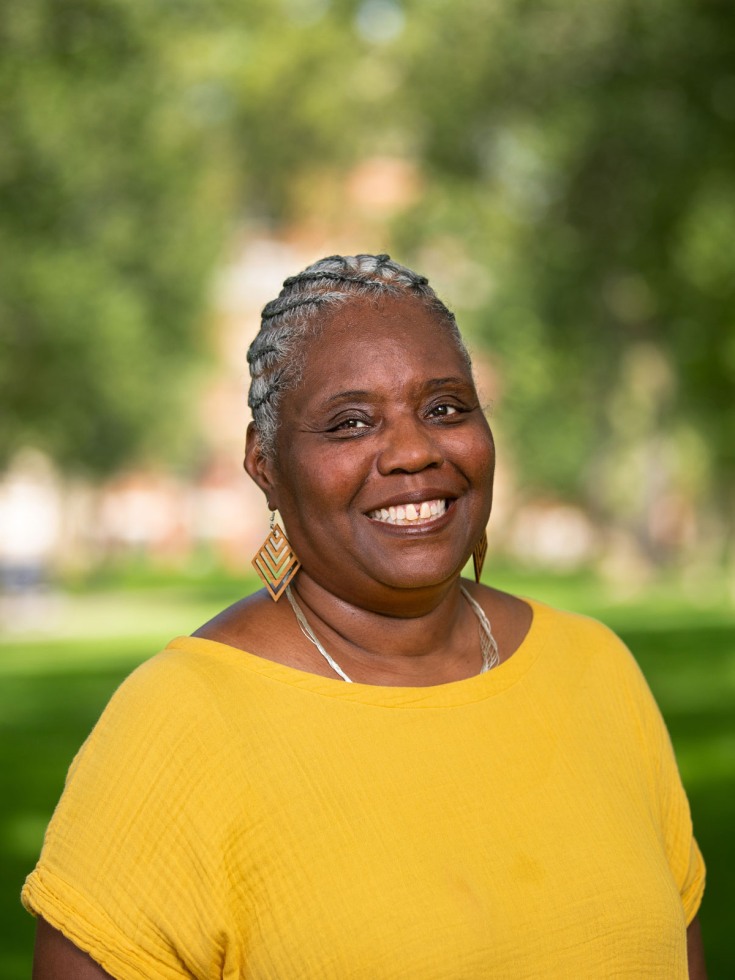PROVIDENCE, R.I. [Brown University] — Since the early 1970s, Churchill House on the Brown University campus has been a critical hub for scholarship and performance focused on the culture, politics and history of the African diaspora. Fifty years later, a major renovation to the building promises to support many more decades of boundary-breaking, thought-provoking research and creative work.
Over the next 15 months, Churchill House — long home to Brown’s Department of Africana Studies and its accompanying Rites and Reason Theatre, one of the oldest continuously operating Black theater companies in the United States — will be expanded and retrofitted to make room for the department’s growing ranks of faculty and students and to support its flourishing theater company.
The gut renovation, which started this summer and is expected to conclude in Fall 2023, will feature a bright, modern addition with new offices and a faculty library and lounge, expanded space for graduate students, an entrance and outdoor terrace accessible to individuals with disabilities, and a refreshed George Houston Bass Performing Arts Space, where Rites and Reason Theatre has mounted dozens of original productions.
The plan to renovate Churchill House and the theater are rooted in part in the 2021 recommendations of Brown’s Task Force on Anti-Black Racism. Noliwe Rooks, chair of Africana studies, said the University’s support for the extensive renovations come at a pivotal time of growth for the department.
Three recent additions to the faculty — Kim Gallon, Renée Ater and Keisha Blain — are kickstarting exciting new cross-disciplinary projects on campus and igniting national discussions about women’s history, digital humanities and the legacies of racial slavery. And amid the COVID-19 pandemic, which has exacerbated systemic racial inequalities in the U.S., and the recent police killings of George Floyd, Breonna Taylor and so many other Black Americans, interest in courses on race and inequality among Brown students has surged; more than 180 took Africana studies courses in Spring 2022.
“This expansion of Churchill House’s physical footprint is a reflection of our department’s expanding intellectual footprint at Brown,” Rooks said from the third floor of Andrews House, where department faculty, staff and graduate students will be based during construction in the 2022-23 academic year. “It’s designed to not only fulfill our current needs, but also make room for more faculty, graduate students and undergraduates. It gives us the chance to think about how we’d like to expand our scholarship and maximize our positive impact on the field in the years and decades to come.”
‘There’s a lot happening inside’
Built in 1907, Churchill House was originally home to the Rhode Island Women’s Club and was named after the organization’s founder, Elizabeth Kittredge Churchill. The University bought the building in 1970, and two years later, the University’s nascent Afro-American studies program moved in.
Since then, Afro-American studies at Brown — now called Africana studies — has seen continual growth. After the University’s Steering Committee on Slavery and Justice recommended in 2006 that Brown “take steps to strengthen and expand the Department of Africana Studies,” the University brought a visiting committee to campus to provide advice for direction in future hiring. As a result, since 2009, cultural icons such as the late Nigerian novelist Chinua Achebe have come to Brown as faculty and visiting fellows, enriching academic and cultural life on campus.


